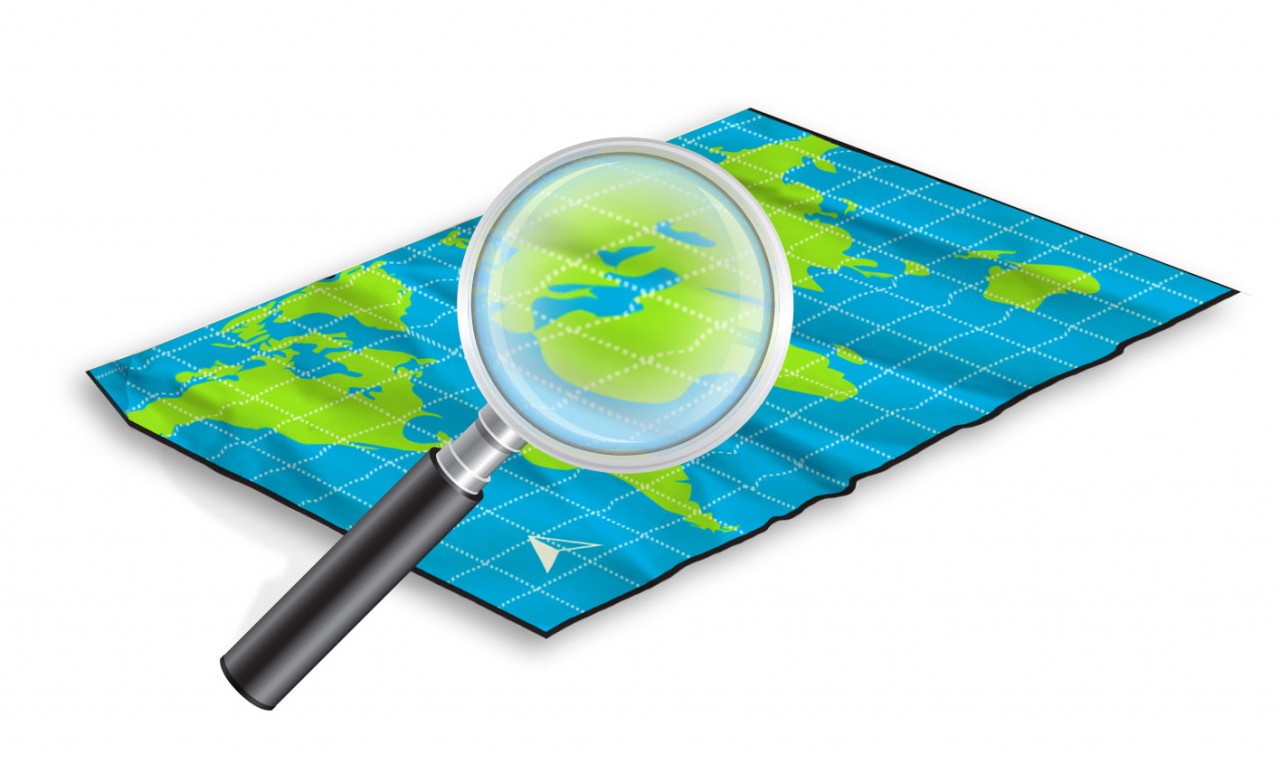
The Exhibition and Event Association of Australasia estimate that the sector is worth an estimated $371 million per annum. Yet, despite this turnover, you rarely hear people using the words ‘innovation’ and ‘events’ in the same sentence; which is exactly why this year’s Consumer Electronics Show in Las Vegas got me truly excited (when I never even left the country!)
Of the many cool things that launched at this year’s CES, it was the scavenger hunt built upon Apple’s iBeacon technology that caught my attention. Sure, Michael Bay storming off stage was great viewing, but CES is 100% about putting the new-new thing centre stage, and iBeacons are that and more. If I was to hazard a guess, I’d say we’ll be hearing a lot more about iBeacons in coming months as more brands cotton on to the many benefits of close proximity marketing.
iBeacons use Bluetooth Low Energy (BLE) to communicate between apps installed on peoples smartphones and beacons that are strategically placed in relevant locations, and the CES Scavenger Hunt was a great case study of this technology. Designed to drive foot traffic to the massive consumer electronics show’s less-popular areas, the CES app involved attendees downloading the show’s mobile app before setting off on Shanks Pony to find nine hidden wireless iBeacons.
The CES app provided users with information about the hidden iBeacons locations, and once at a location it provided the user with an alert that an iBeacon was nearby. As the Compare the Markets Meerkat says, simples! This unassuming iBeacon enabled campaign is a fantastic example of why brands need to start thinking about adding proximity marketing into their wider marketing mix.
There are two reasons why marketers need to consider iBeacons. First, iBeacons are a technology that genuinely enhance a mobile users experience by providing them with a more relevant experience using location specific context. The right message at the right time and place equates to genuine engagement. The second thing brands should consider is the issue of immediate scale.
iBeacons are highly relevant for brands because it’s a technology that’s already preinstalled on recent iPhones and Android devices. This means that the core technology brands need to engage their customer base is already right there in their customers’ hands – in a country with 70%+ smart phone penetration that’s a massive opportunity, to say the least.
Which is exactly why we trialled Australia’s first iBeacon app at last week’s ad:tech. The ‘ad:tech connect’ BETA app was designed to give event attendees a handy resource to ensure they made the most of their time at the event. It let people engage with the event program by rating speakers and sessions, as well as enabling them to exchange contact details with event exhibitors with one touch.
Working with the team at Cyberbia we used their RegoReady product to develop the app, which we built on Blue Cats BLE SDK, and then placed 43 iBeacons around the event at exhibitor stands and in hidden locations. The result: 360 people installed the app, of which actually 279 used it to either rate sessions or to find clues in our onsite treasure hunt.
The key learning: hundreds of people were happy to play with the technology simply because it was new and because we kept it simple. That’s all we could have hoped for. It was a successful proof of concept that engaged our audience in the right way, at the right time and place, whilst also providing us with useful feedback to develop a 2.0 app for next year’s event. That’s proximity marketing 101.